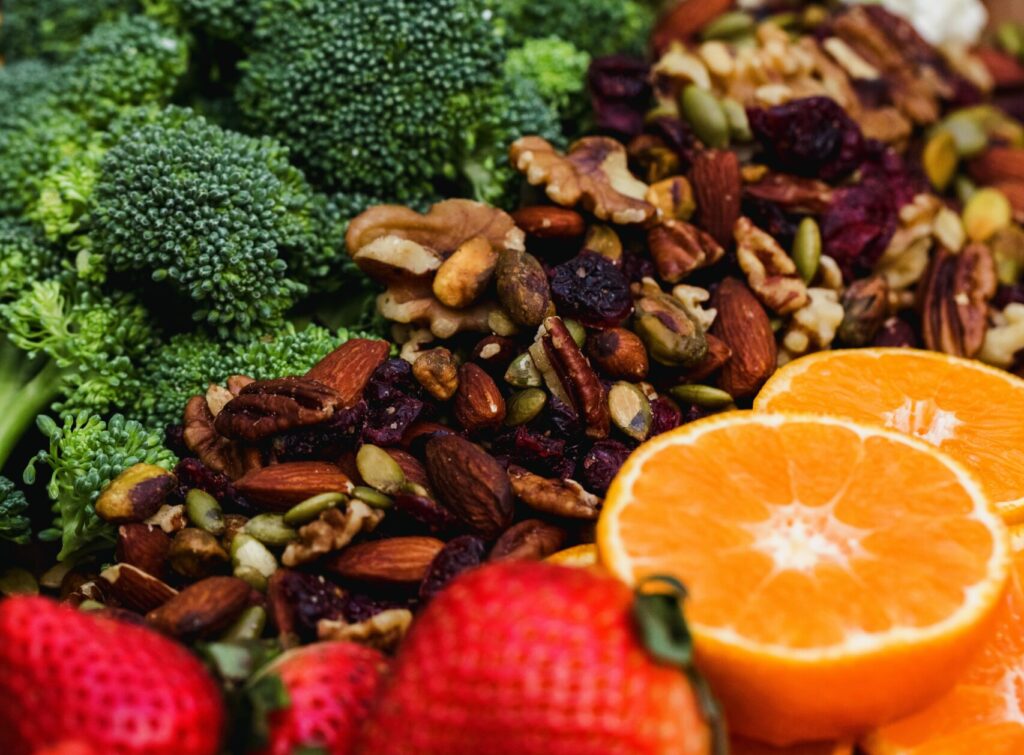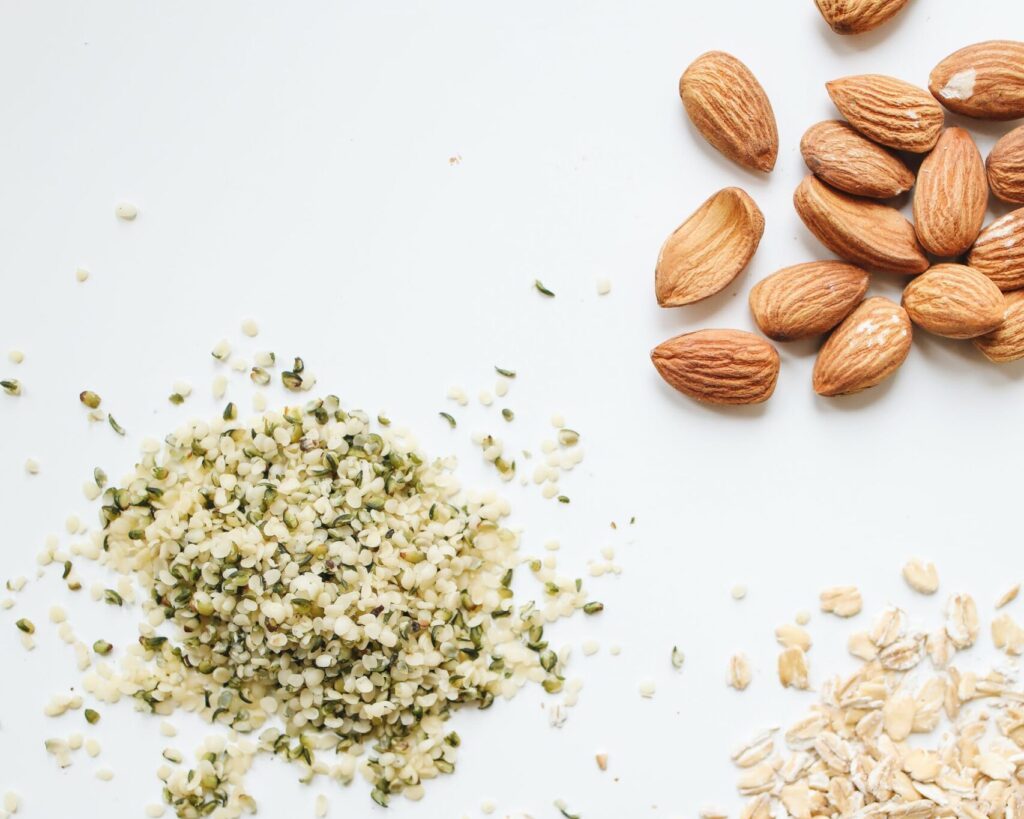Tea Time for a Healthy Heart: Boosting Immunity
Tea Time for a Healthy Heart: Boosting Immunity Introduction Tea has transcended its role as a mere beverage; it’s a timeless elixir that holds the key to a healthy heart and a fortified immune system. In this journey, we’ll uncover the various types of tea and how each contributes to our well-being. 1. Types of Tea Embark on a journey through the diverse world of tea, each variety offering unique health benefits and a sensory experience like no other. Green Tea Black Tea Herbal Infusions Explore the nuances of each tea variety and discover the one that aligns perfectly with your health and lifestyle aspirations. 2. Heart Health Tea isn’t just a warm embrace; it’s a friend to your heart. Understanding the intricate ways in which tea influences cardiovascular well-being is key to unlocking its full potential. Cardioprotective Antioxidants Blood Pressure Regulation Cholesterol Management Arterial Health 3. Immunity Boost Unlocking the immune-boosting potential of tea involves understanding the intricate interplay between its compounds and our body’s defense mechanisms. Dive into the science behind how tea acts as a shield, fortifying your immune system against external threats. Antioxidant Arsenal Anti-Inflammatory Allies Probiotic Support Vitamin and Mineral Contribution Hydration and Immunity Consistent Consumption Herbal Combinations Understanding how tea contributes to immunity empowers you to make informed choices for your well-being. By embracing tea as a daily ritual, you fortify your body, creating a resilient shield against external challenges. 4. Brewing Tips Brewing the perfect cup of tea is an art that extends beyond mere preparation; it’s about unlocking the full spectrum of health benefits. Follow these brewing tips to ensure your tea not only tantalizes your taste buds but also nourishes your heart and boosts your immunity. Quality Matters Water Temperature and Steeping Time Avoid Overbrewing Additives and Sweeteners Brewing Vessels Experiment with Herbal Infusions Mindful Tea Drinking By mastering the art of brewing, you not only elevate the sensory pleasure of tea but also unlock its full potential to enhance heart health and boost immunity. 5. Tea and Lifestyle Tea isn’t just a beverage; it’s a lifestyle choice that can transform daily routines into moments of self-care and well-being. Explore the myriad ways in which integrating tea into your lifestyle can enhance not only your physical health but also your mental and emotional wellness. Mindful Mornings Afternoon Respite Evening Unwind Tea and Social Connections Tea and Meditation Tea Blends for Well-being: Tea and Technology Detox Tea as a Symbol of Self-Care Embrace tea as more than a drink; let it weave into the fabric of your lifestyle, enhancing moments big and small with its comforting presence. 6. Myth Busting Tea has long been shrouded in myths and misconceptions. Let’s dispel the fog and shed light on the truths behind common beliefs, ensuring you can fully enjoy your tea without being hindered by unfounded notions. Myth 1: All Teas Are Equal Myth 2: All Teas Contain the Same Amount of Caffeine Myth 3: Tea Causes Dehydration Myth 4: Tea Stains Teeth Significantly Myth 5: Tea Is Harmful During Pregnancy By debunking these myths, you can approach your tea experience with clarity, making informed choices that align with your health goals and preferences. Conclusion Incorporating tea into your daily routine isn’t just a beverage choice; it’s a commitment to your heart and immune health. Embrace the ritual of tea time as a holistic approach to wellness. FAQs










